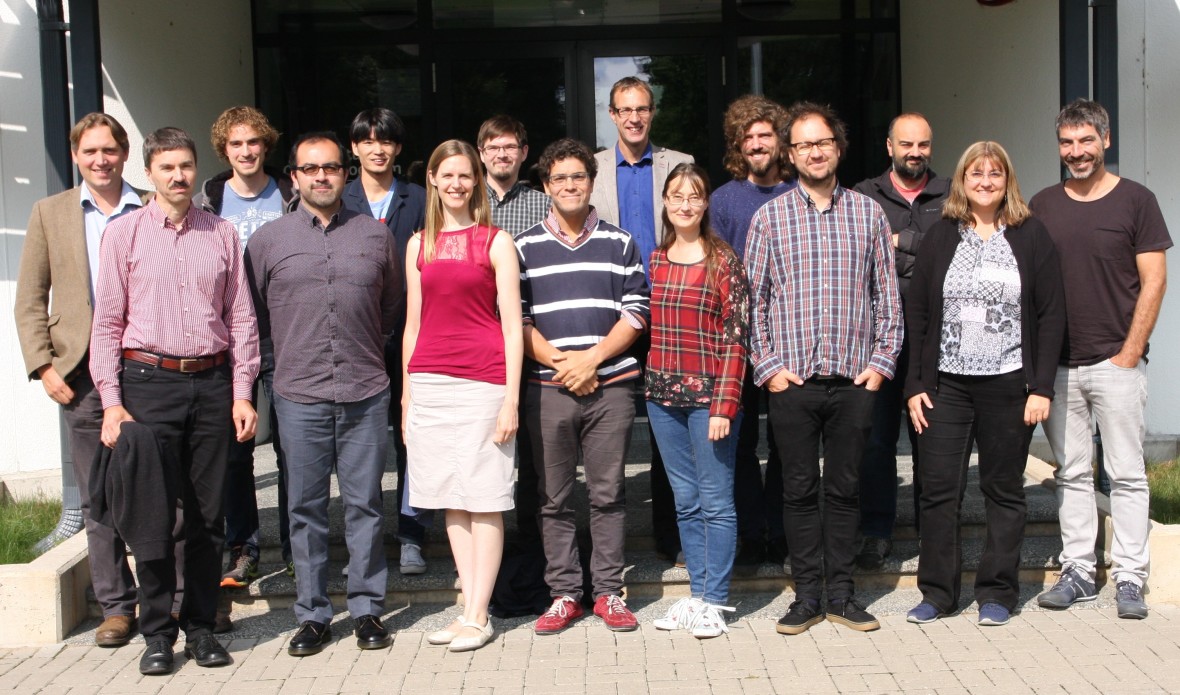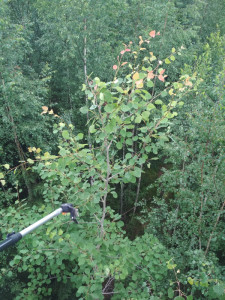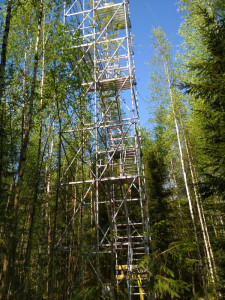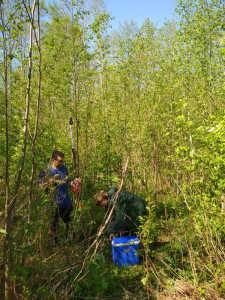At certain points during a Horizon 2020 Research & Innovation Action, the project consortium meets for a review meeting. Together with the project officer of the European Commission and with an external reviewer they review the progress of the project. For the MULTIPLY project, on the 28th and 29th of Augustus, one of these review meetings took place at the Tartu Observatory in Estonia.
“It was a really nice and constructive meeting where we could present the current state of the project to the reviewers,” says Dr. Lea Hallik, team member of MULTIPLY and researcher at the University of Tartu. “As we are now finalizing the tests of the beta version of the platform, they were happy with our progress.”
Different types of users
“An interesting discussion was about how the platform should be accessible for two types of users. On the one hand, the more technical programmer that wants to create and improve products using satellite data. On the other hand, the earth observations consultants who are less technical and want to access only the end products. This is challenging and something we will have to work on during the next months.”
There was also time for some social activities like a nice tour along the visitor center and the space technology laboratory. “The location was great. It is in a beautiful green setting, 20 kilometers away from the city Tartu and its light pollution.”

MULTIPLY consortium members at the Tartu Observatory
From local to global
Hallik and her colleagues from Tartu University, study what kind of plant traits can be measured with satellites. Therefore, she collected data in the field on traits of both evergreen and deciduous trees during the past two summers. With this knowledge, she can validate the measurements from satellites. “I like that we, as a small research group, can contribute with local field measurements to such a big project.”
“In Estonia, we have six towers where you can reach the highest leaves of the trees. There we sample and measure leaf traits like reflectance, transmittance, pigment content, dry mass area, and water content. Because natural vegetation is very complex, especially in a forest, with multiple species and different vegetational layers, satellite data can also be challenging,” Hallik explains. “It is important to understand these time series of forest leaves because an important aim of MULTIPLY is to create time series and make seasonal changes visible.”

Samling at Järvselja forest, Estonia

Observation tower at Järvselja forest, Estonia

Fieldwork at Järvselja forest, Estonia
